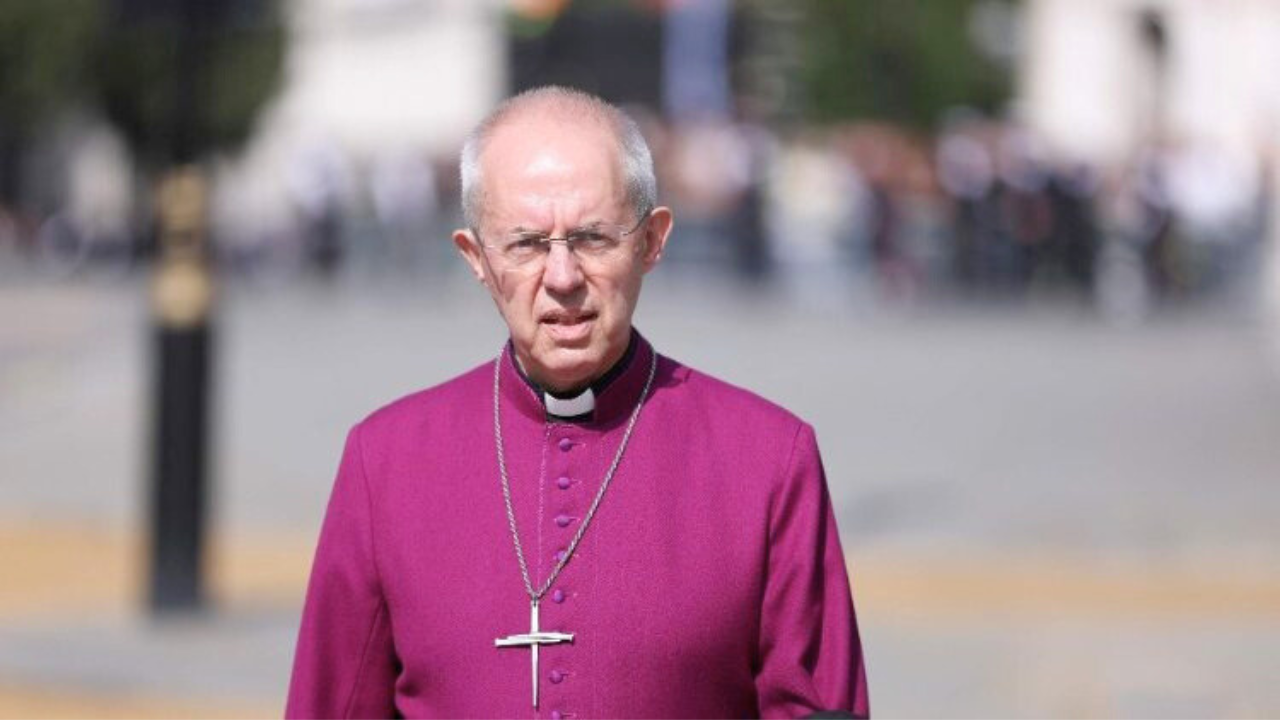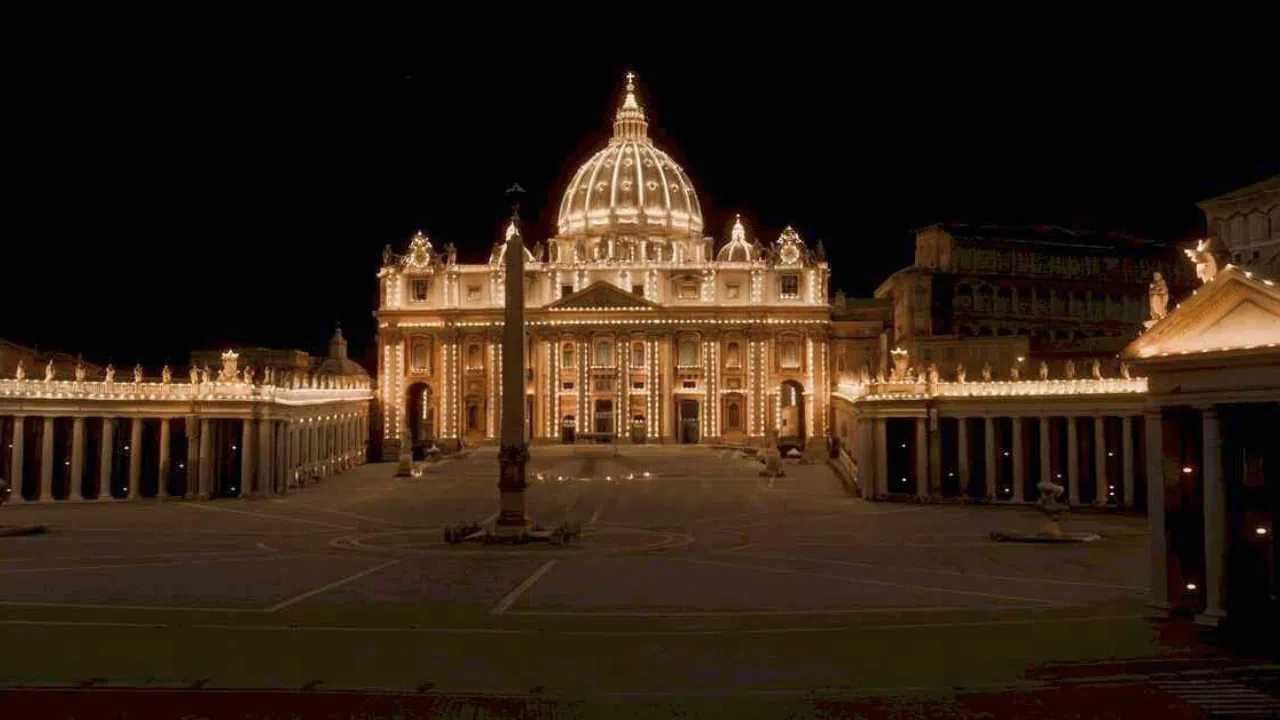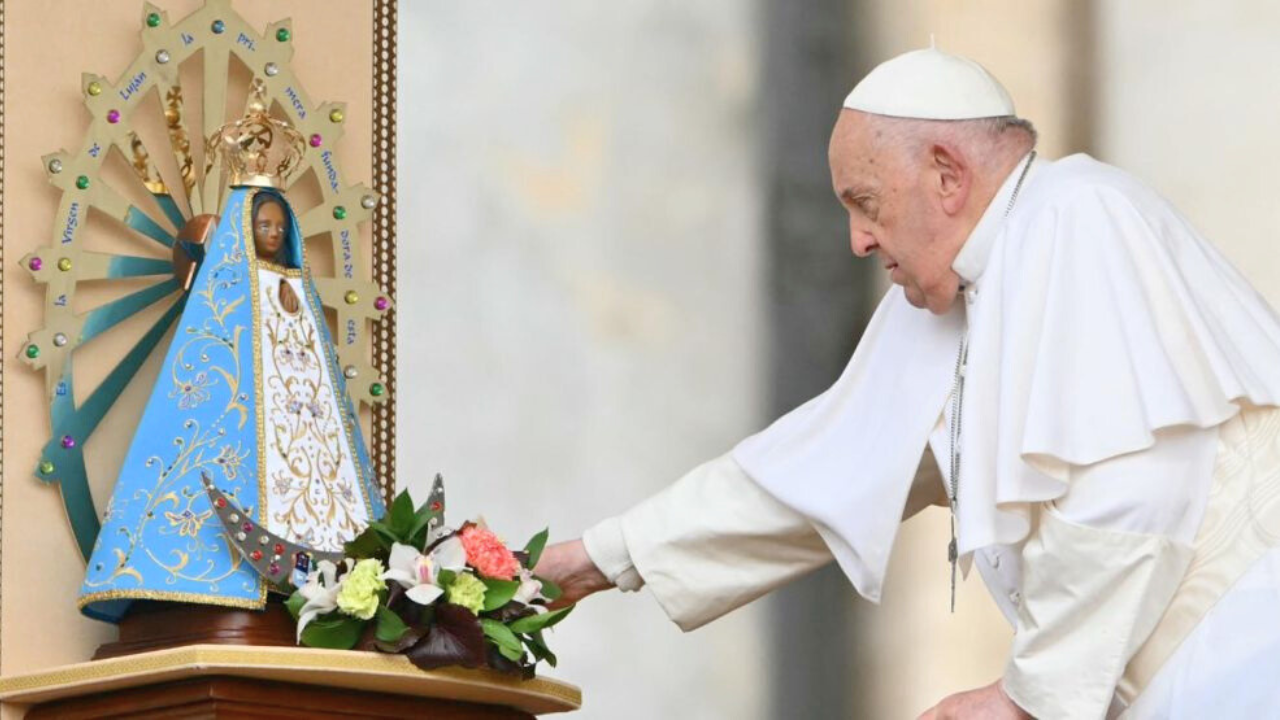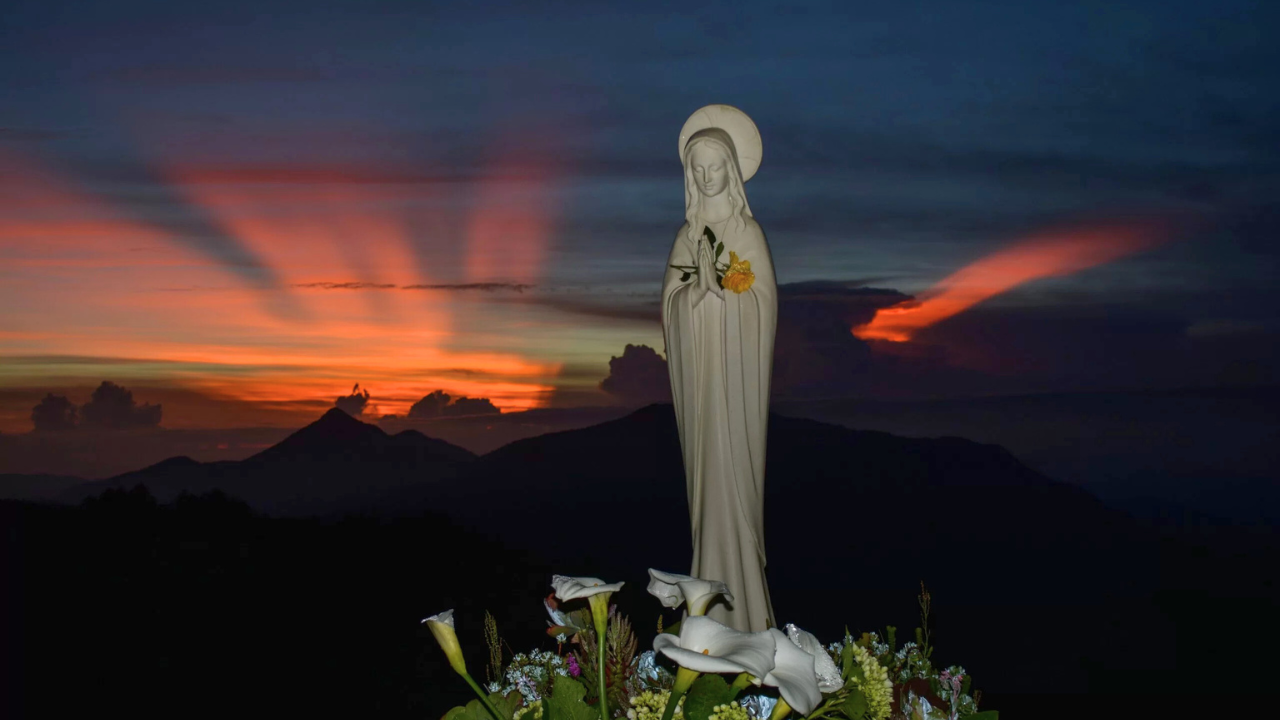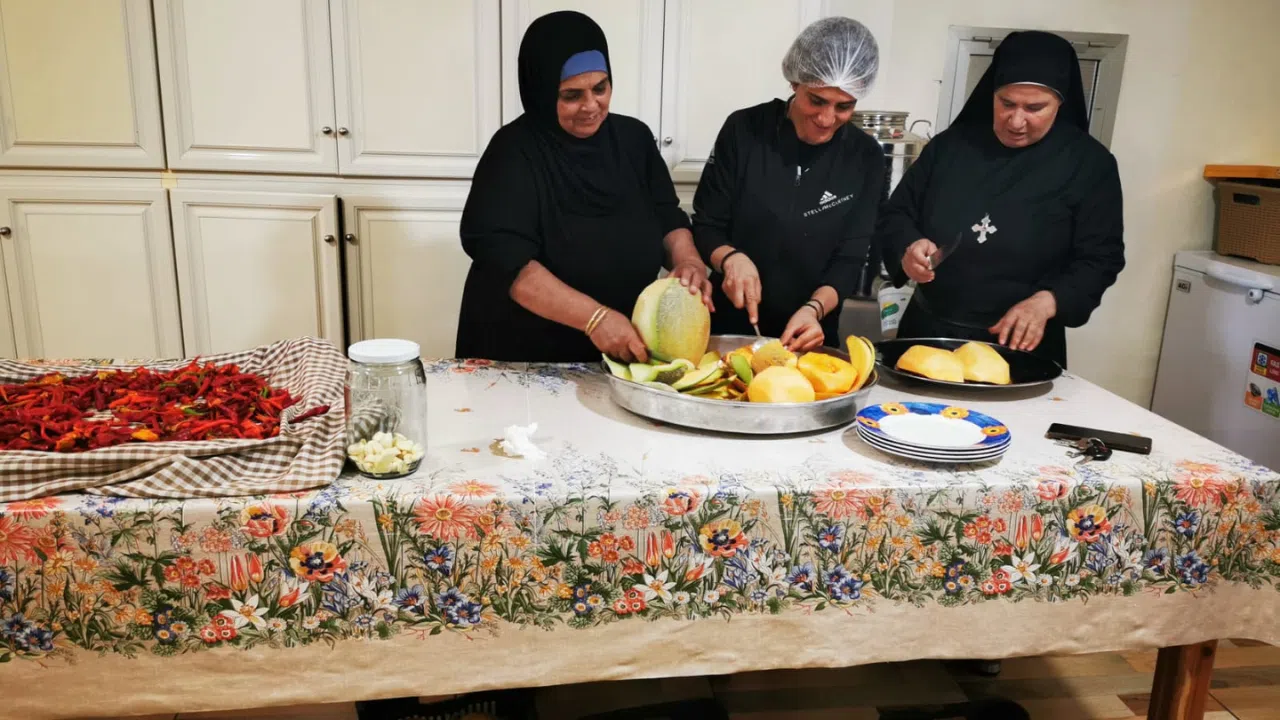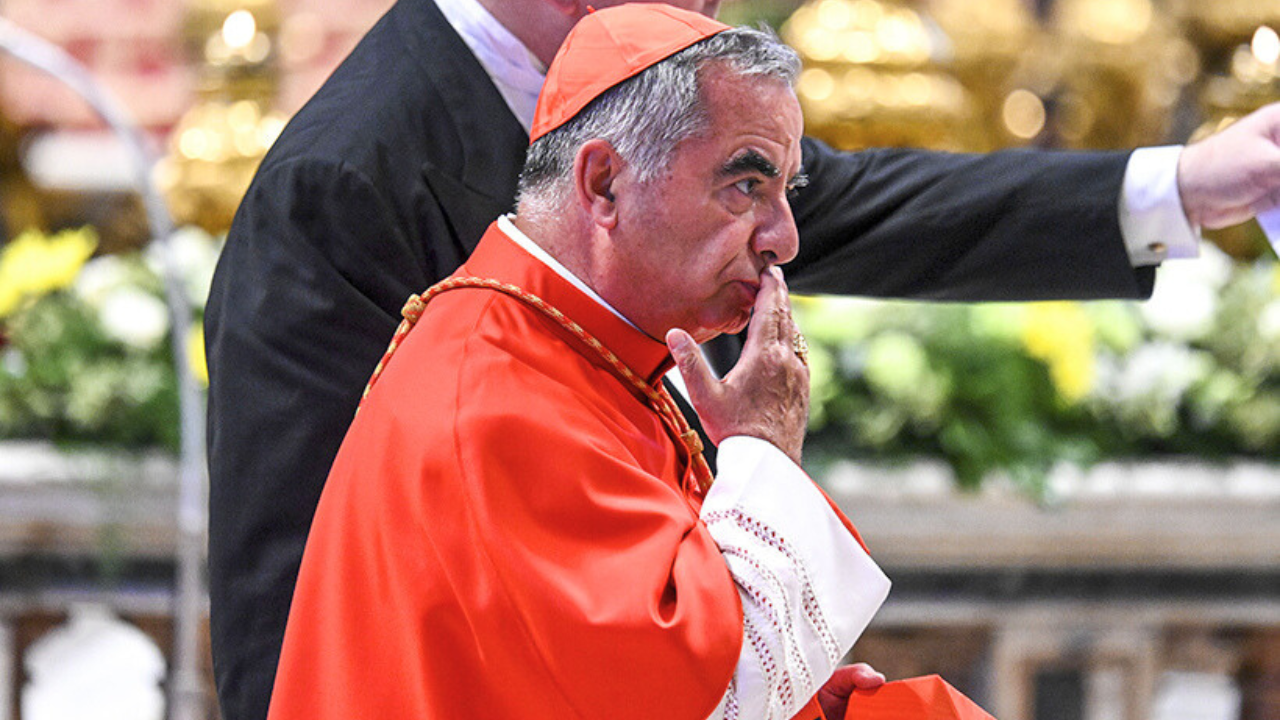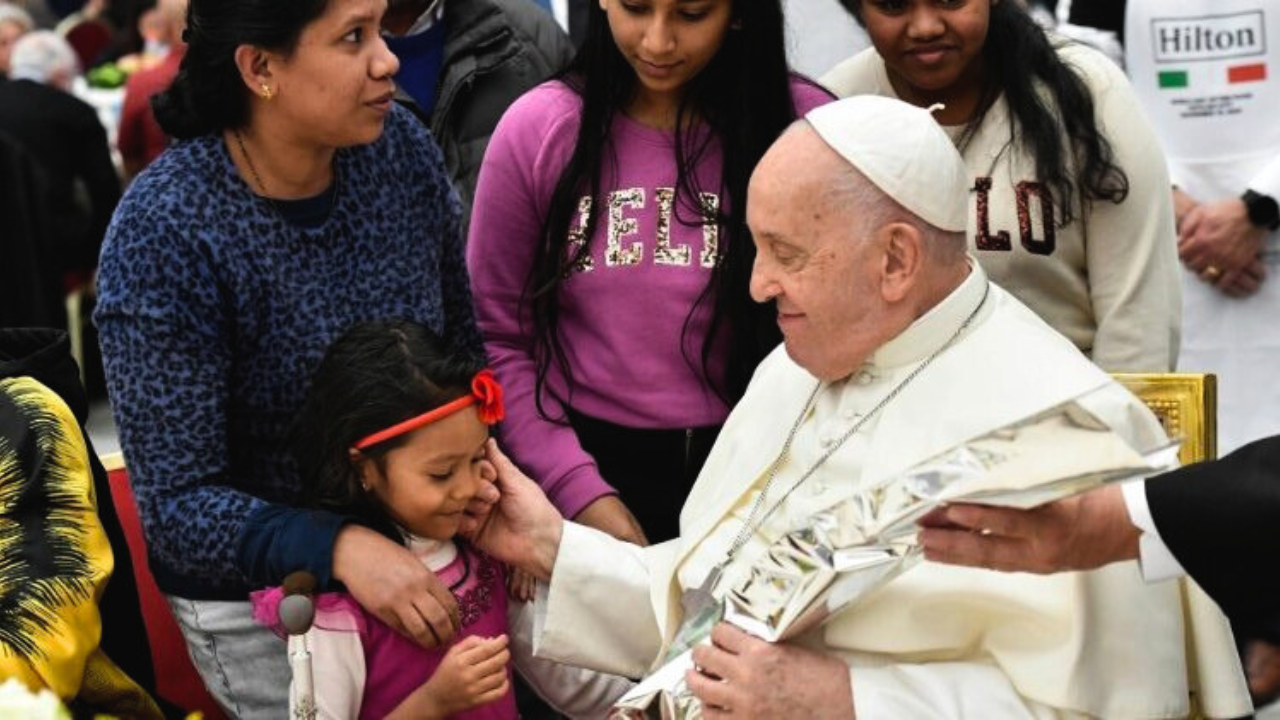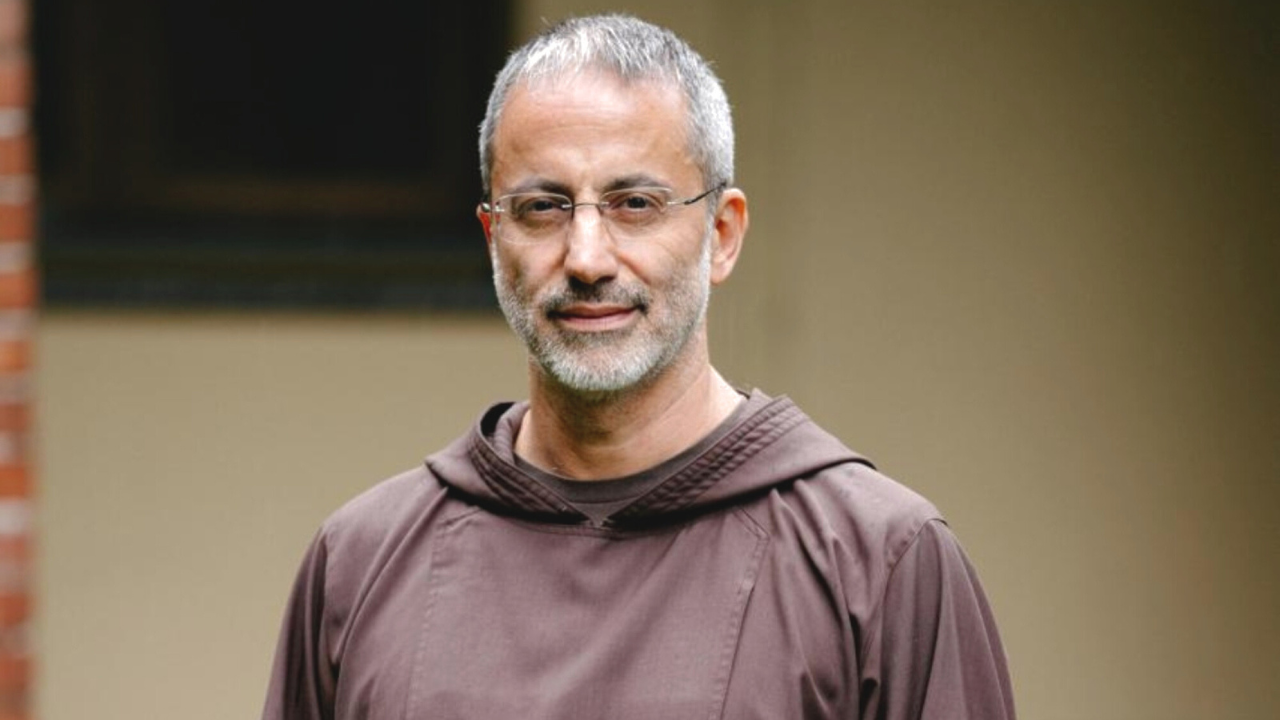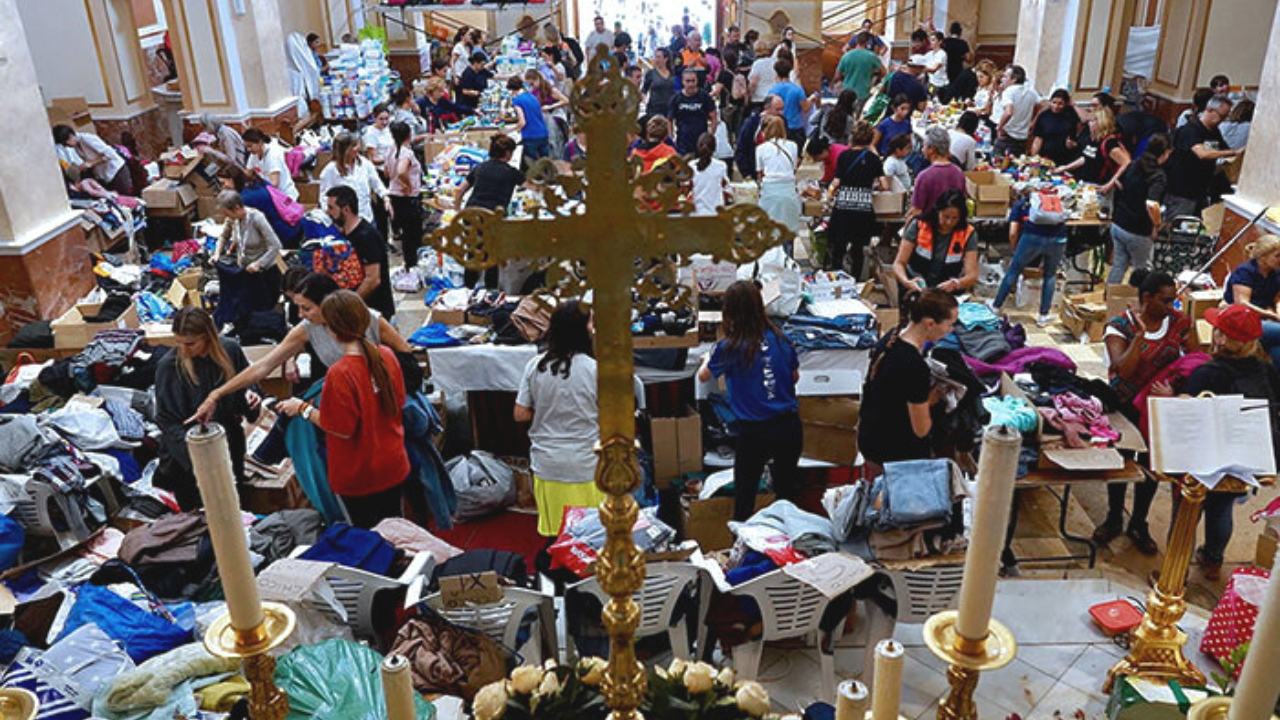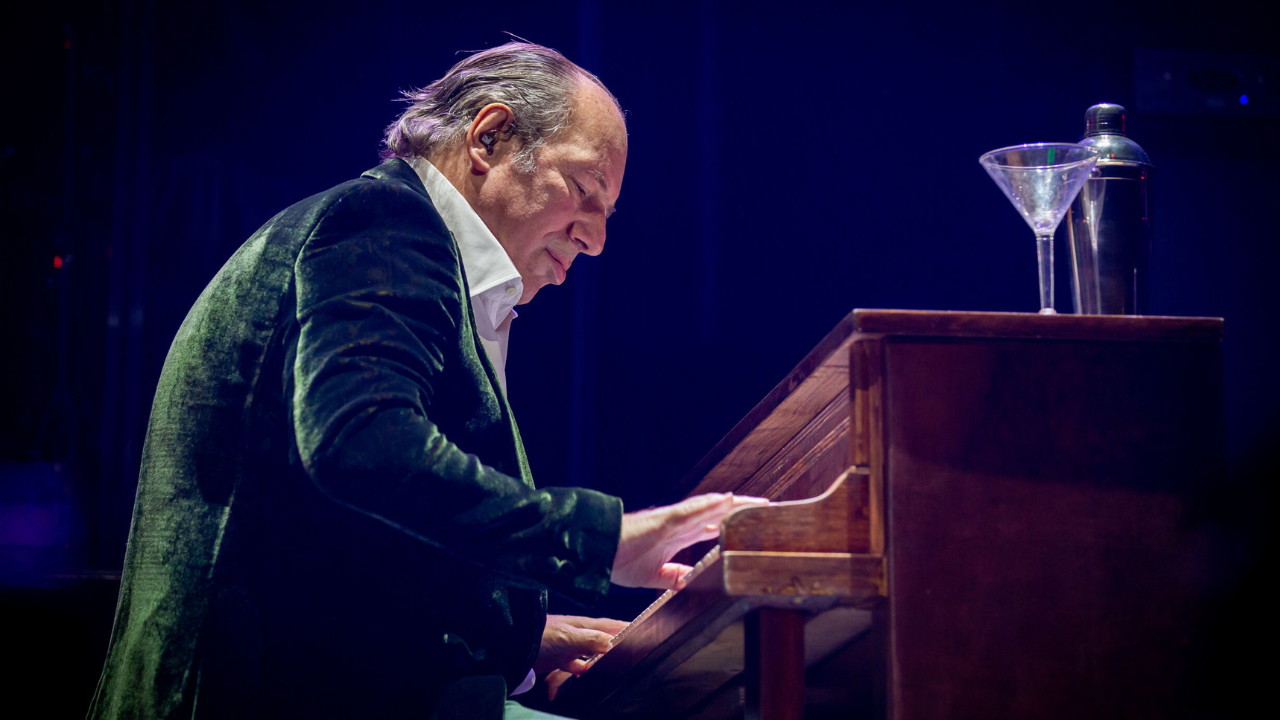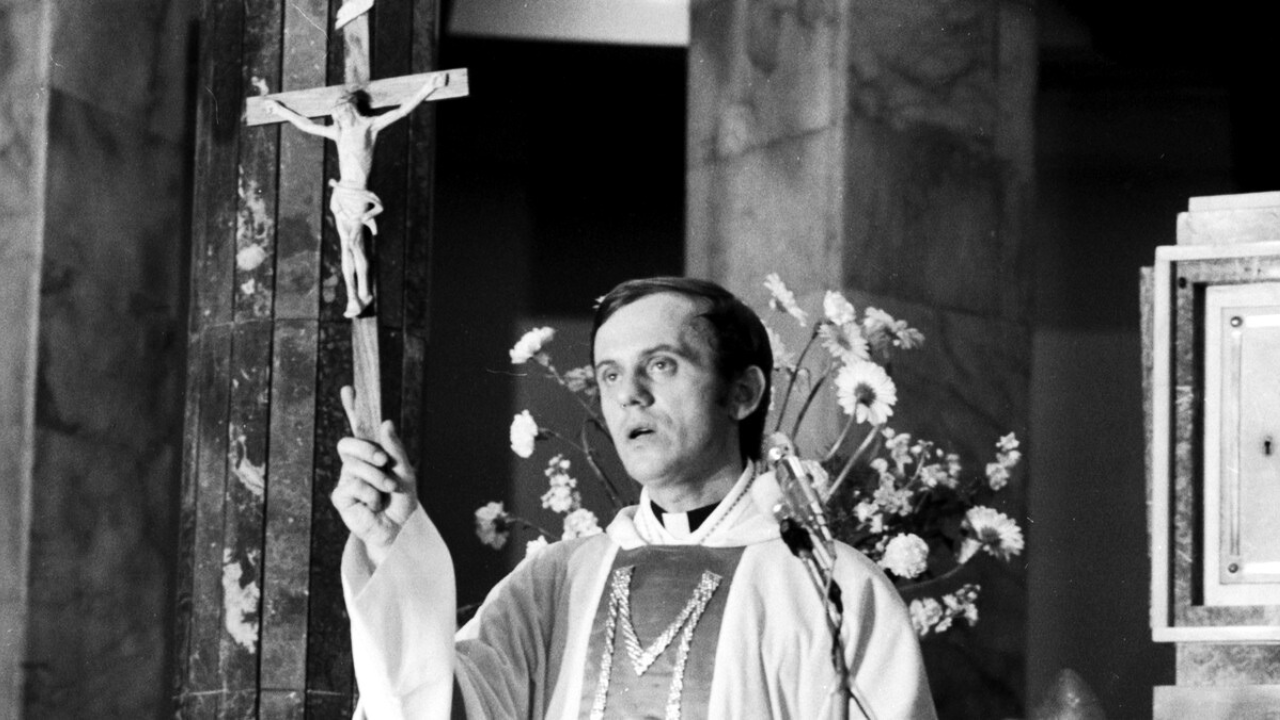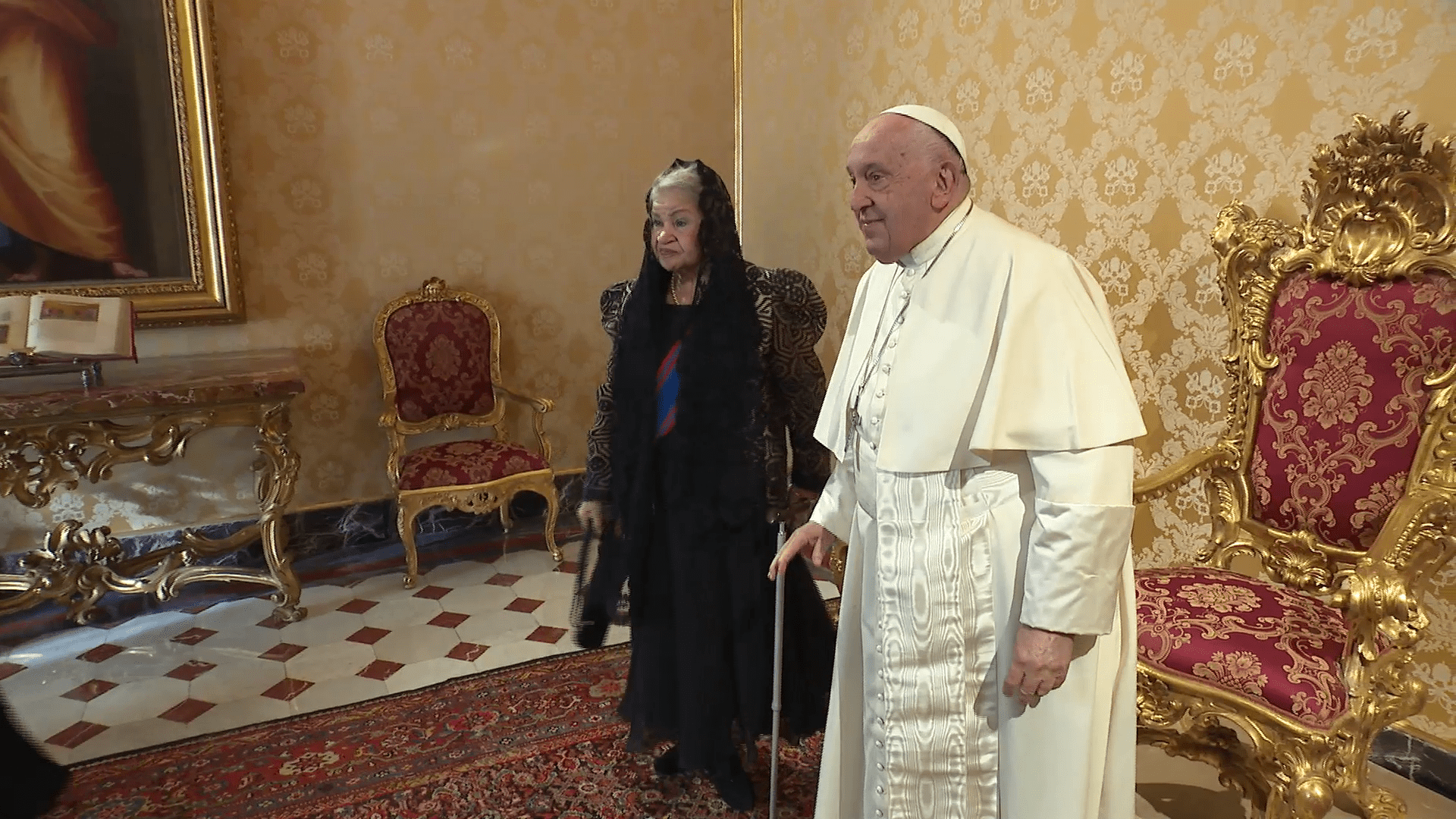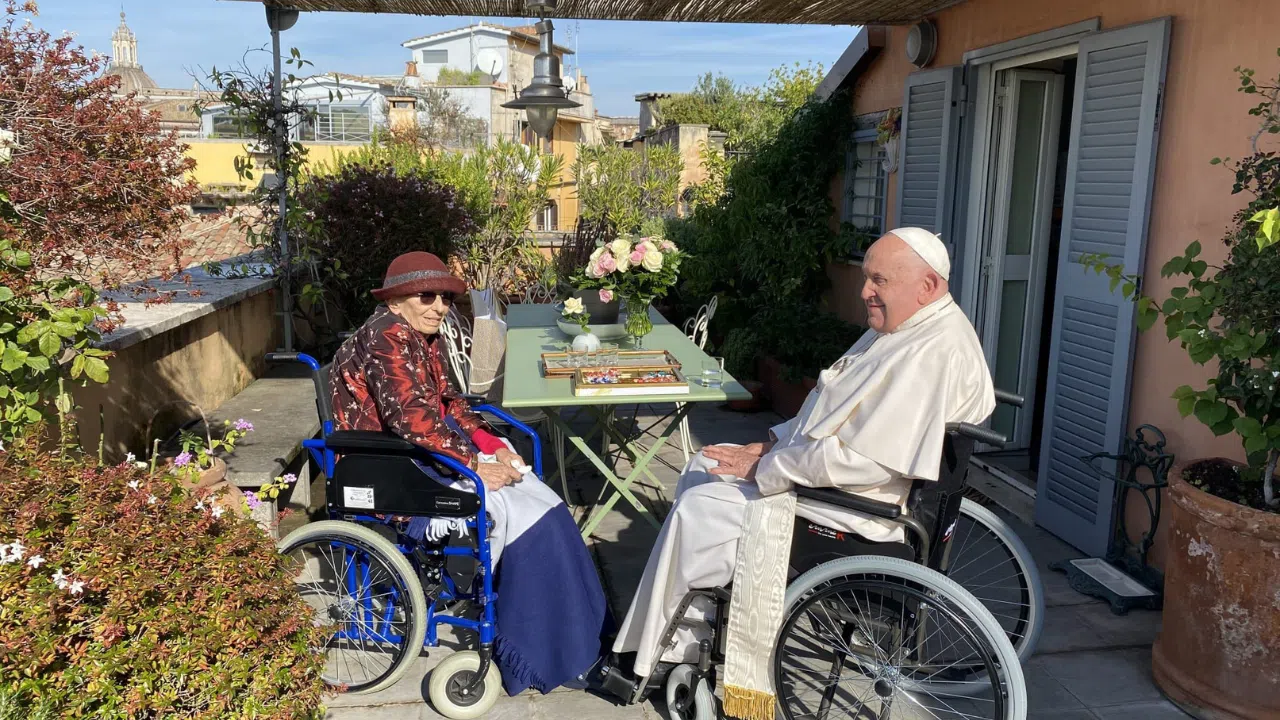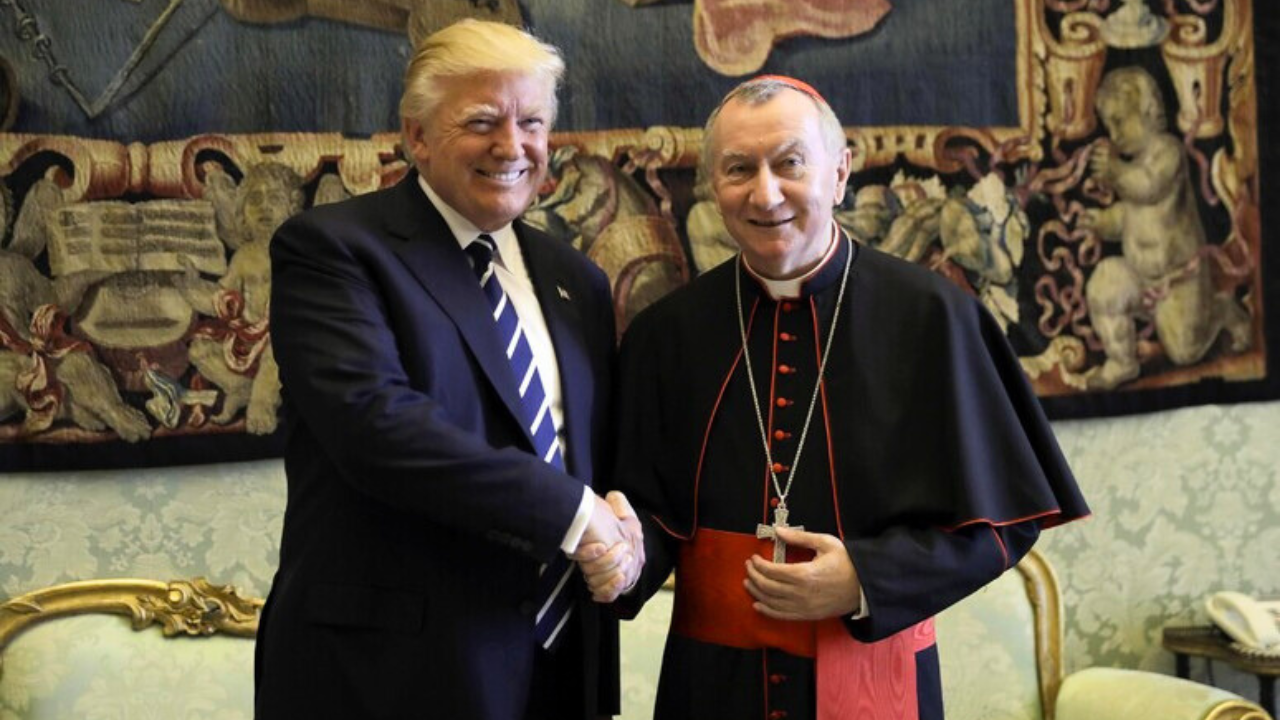July started with a long awaited, but unpunctual meeting.
Russian president Vladimir Putin broke his own record and arrived at Via della Conciliazione more than an hour late. In their last meeting, he made Pope Francis wait 50 minutes.
After a cordial struggle to see who would enter the office first, the meeting began. Their third meeting went on for almost an hour.
They talked about the situation in Venezuela, Ukraine, and Syria.
“I thank you for the time you have dedicated to me and thank you also for the conversation, very substantial and interesting.”
A day later, Pope Francis met with the major archbishop of the Ukrainian Greco-Catholic Church, the second-largest Catholic tradition, after the Latin one. It has between six and 10 million faithful.
Sviatoslav Shevchuk took advantage of the meeting, in search of unity, and invited Pope Francis to Ukraine.
ARCH. SVIATOSLAV SHEVCHUK
Major Archbishop, Ukrainian Greco-Catholic Church
“For five years, Ukraine has been a victim of a war the pope has called a hybrid war. It is not only done with foreign weapons, but also with misinformation, and the distortion of the truth. The Holy Father's visit to Ukraine would be a very eloquent and symbolic way to end this war. Many believe this, not only Catholics.”
In July, the Vatican also continued to respond to the crisis caused by the scandals of certain priests. The Holy See renounced the jurisdictional immunity enjoyed by the Apostolic Nuncio in France, Msgr. Luigi Ventura, after accusations of having committed alleged sexual assaults.
Internally, other reforms emerged within the Vatican. The pope appointed new faces for the Press Room of the Holy See. Matteo Bruni and Cristiane Murray replaced Alessandro Gisotti, who previously took office after the resignation of the former spokesperson Greg Burke and his number two, Spanish, Paloma García Ovejero.
July also celebrated the 25 anniversary of the restoration of one of the most fascinating places in the Vatican, the Sistine Chapel. The restoration of the frescoes began in 1980. It took longer to restore them than to paint them, as Michelangelo took nine years to paint, and the restorers, 13.
Daniel Díaz Vizzi
Translated: Carina Anderson
